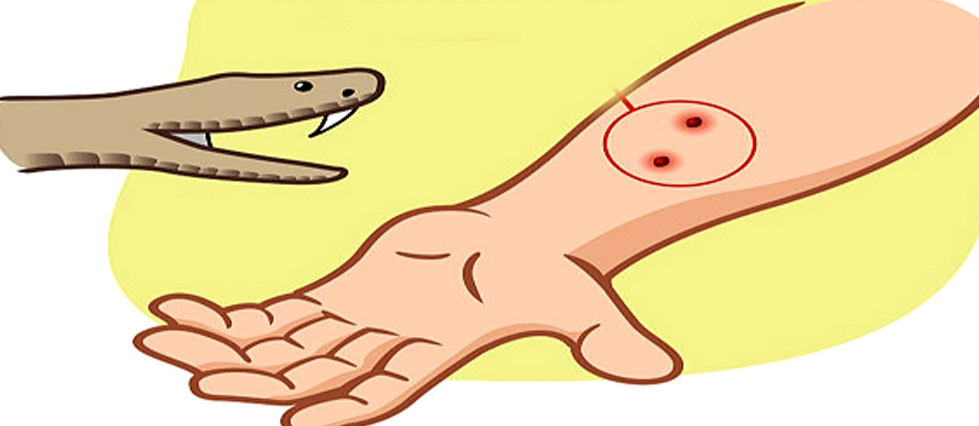Bhubaneswar: Odisha recorded the second highest snakebite-related deaths across India, a report by National Crime Records Bureau (NCRB) stated.
According to NCRB report of 2021, the mortality rate from snakebites in the state has witnessed a 2.2 per cent growth per year.
As per data released by OSDMA (Odisha State Disaster Management Authority), as many as 2,839 people died due to envenoming in last three years. This accounts for 38% of the total deaths caused by natural disasters in the state.
Notably, Mayurbhanj district recorded the highest 239 snakebite-related deaths, followed by Ganjam district with 197 deaths.
Besides, districts such as Keonjhar, Malkangiri, and Balasore reported 189, 162 and 156 snakebite-related deaths respectively.
Also read: Three students die of snake bite in Odisha’s Keonjhar
Honorary wildlife warden Subhendu Mallick from Khurda district said that nearly 11 deaths were reported due to snakebites till July 23 this year.
Mallik informed that the Centre does not consider death due to envenoming as a natural hazard-related death whereas Odisha government considers it as a natural disaster. In this regard, the state government grants a compensation of Rs 4 lakh to the family of a deceased under State Specific Disaster Act.
Former Principal CCF Wildlife (Chief Conservator of Forests) of Odisha Bijay Ketan Patnaik said that farmers and women from rural areas are the most vulnerable to lose lives due to snakebites. Generally, most of these deaths are reported in the time period between June and October, he added.
Patnaik informed that more than 77% of snakebite-related deaths are due to the absence of modern healthcare facilities.
According to sources, many hospitals in Odisha do not have the advanced medical facilities required for snakebite patients. Although some hospitals have anti-venom injections, the lack of ICU facilities and absence of proper medical care causes premature deaths.
It has been observed that victims are initially admitted to CHCs (community health centres) after getting bitten by snakes. However, victims often do not get proper treatment in CHCs. Consequently, it becomes difficult to save lives due to delay in shifting them to district headquarters hospitals.
In many cases, people out of superstition, tend to black magic and this takes away the initial crucial hours of victims. Patients are taken to hospitals only in case of further worsening of health condition.
Hence, better medical facilities in CHCs and awareness of snakebites are necessary to save lives.
PNN
